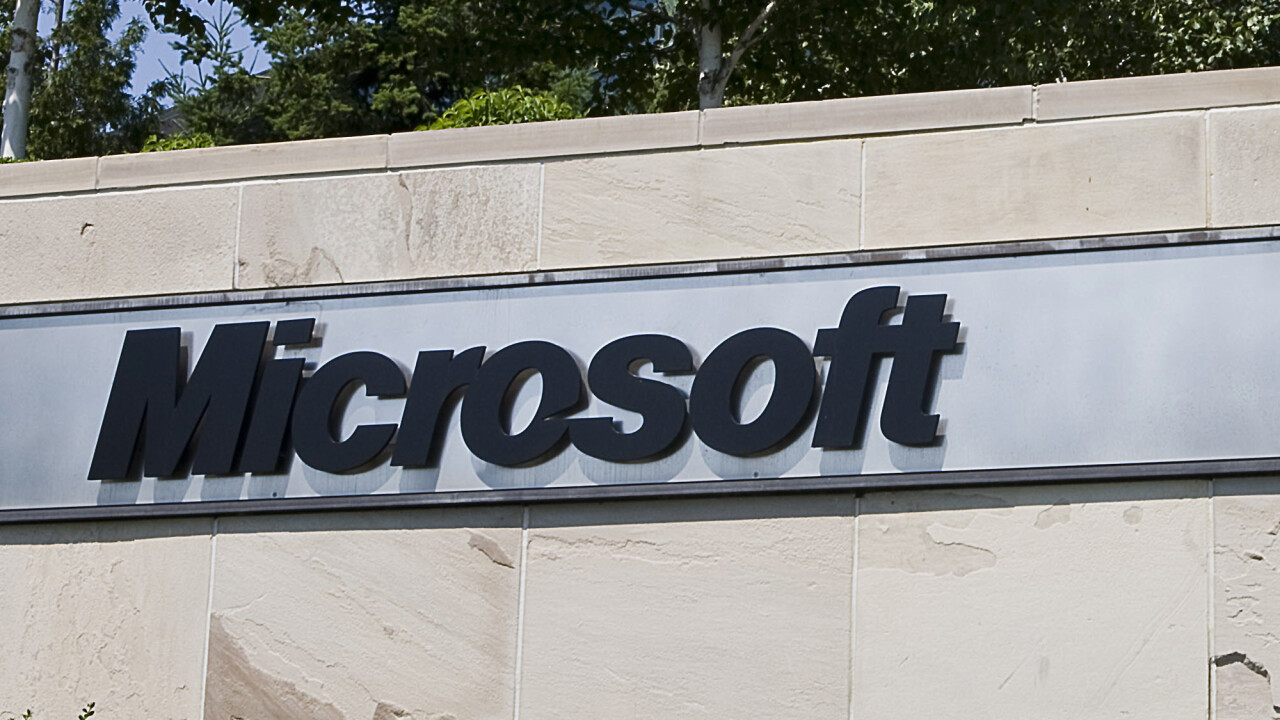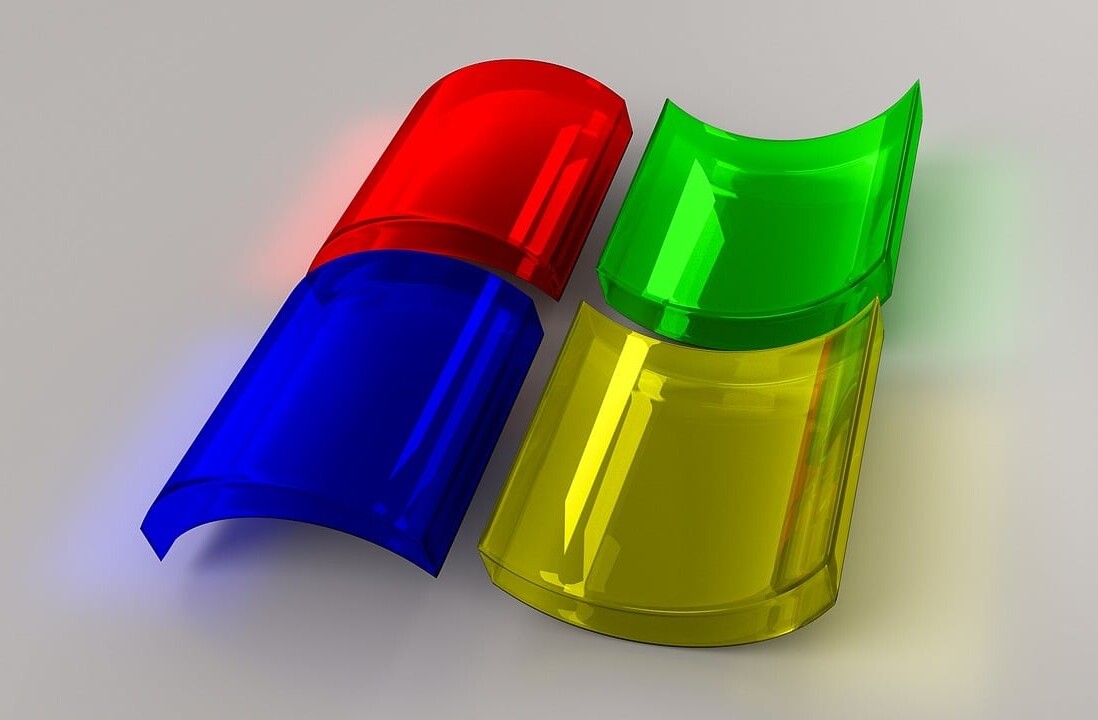
Today Microsoft has enacted a massive shake-up of its internal leadership structure, shifting divisions across new strata. The move is not a surprise, though it was a somewhat locked-down affair before it was announced; leaks were fewer than one might have expected given the scope of the changes.
But in a memo circulated to staff earlier, Ballmer revealed the extent of this shake-up:
“…we will organize the company by function: Engineering (including supply chain and datacenters), Marketing, Business Development and Evangelism, Advanced Strategy and Research, Finance, HR, Legal, and COO (including field, support, commercial operations and IT). Each discipline will help drive our overall strategy.
Each discipline will also be charged with improving our core capabilities in its area. We must improve in all aspects of the business.”
Before we dive into the who and now what of the changes, short context: Microsoft as a company is moving to a model of vending devices and services, a dramatic shift from its former life as a software company. Instead, Azure, Surface, Office 365, and Windows 8.1 are the new future of Microsoft as a platform company.
Given the changes required to its business model, it is not surprising that Microsoft would want to reform its business units; what they had before simply did not work. For example, why have a hardware team in the Windows group, and one in the Xbox group, while building Windows itself in only one of those two groups, despite the fact that it was used in three divisions? The shared Windows core might be tidy for developers, but internally it was a bit operationally fractured.
The move won’t take place overnight. According to Ballmer, the changes “will take through the end of the calendar year as we figure things out and as we keep existing teams focused on current deliverables like Windows 8.1, Xbox One, Windows Phone, etc.”
Indeed, the new business groups and their new bosses are listed below:
- Terry Myseron, new role: Head of the Operating Systems Engineering Group. This will cover Microsoft’s “OS work for console, to mobile device, to PC, to back-end systems.
- Julie Larson Green, new role: Head of the Devices and Studios Engineering Group. In this role, Julie takes over all hardware, period, from “from the smallest to the largest devices we build.”
- Tami Reller, new role: Head of the Marketing Group. This is her former role, writ larger.
- Tony Bates, new role: Head of the Business Development and Evangelism Group. In this role, Tony should head up all evangelism activities, and also the company’s key OEM relationships, and M&A activity.
- Satya Nadella, new role: Head of the Cloud and Enterprise Engineering Group. As expected, Satya is taking over the “back-end technologies like datacenter, database and our specific technologies for enterprise IT scenarios.” However, it isn’t clear if Azure falls under his aegis.
- Qi Lu, new role: Head of the Applications and Services Engineering Group. This is somewhat vague.
Up and Down
It’s impossible to not call the above a win for Myerson, Green, Nadella, and Lu. Reller’s role appears to expand, but not as much as others.
The Myseron move is of particular interest: It’s a vote of confidence in the now former Windows Phone’ boss, which is of particular interest given that the mobile Windows project is dwarved by the larger Windows endeavor. Also, as the titular boss of all Windows, Myerson will have a hand in Surface, OEM relationships, Xbox One, and so forth. This is a position of real power.
Ballmer also noted that culturally, Microsoft’s core values won’t be changing, but “how we express them and act day to day must evolve.” And he pinpointed five key focal points he reckons are imperative for company to evolve – nimble, communicative, collaborative, decisive and motivated.
How Microsoft ultimately achieves this remains to be seen.
Feature Image Credit – Stephen Brashear/Getty Images
Get the TNW newsletter
Get the most important tech news in your inbox each week.




